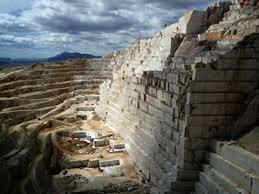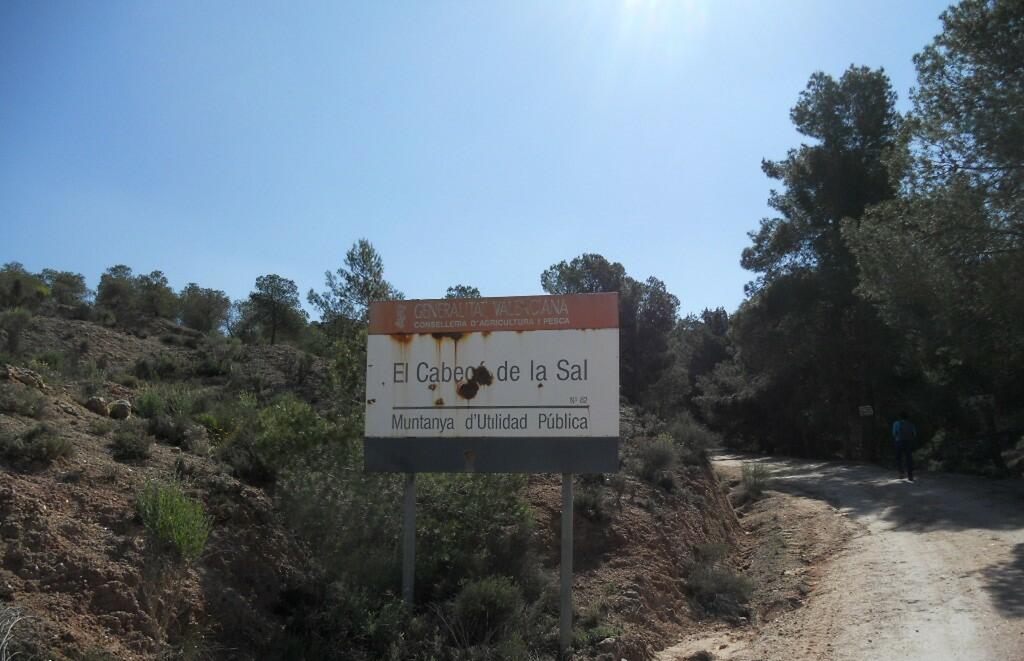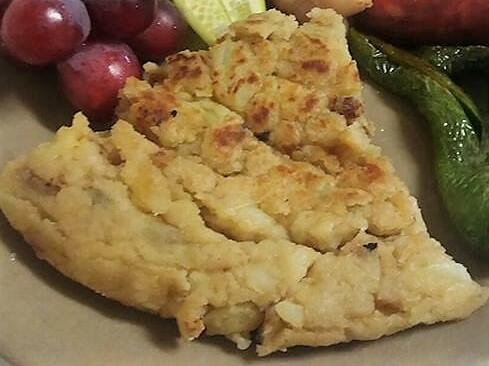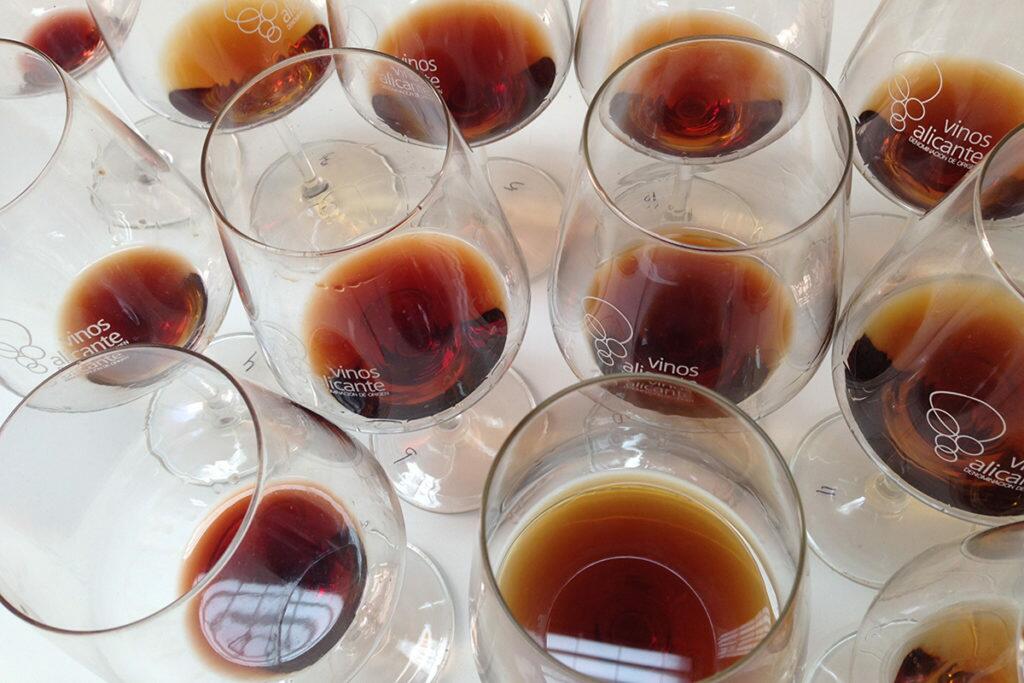Are you looking at property for sale in the Pinoso area?
You want to know what Pinoso is like?
Here is some information about the town and area:
In Valencian El Pinós and officially El Pinós/Pinoso) is a municipality in the Valencian Community, Spain. It is located in the west of the province of Alicante, in the comarca of Vinalopó Medio, bordering the Region of Murcia. It has 7627 inhabitants (INE 2016). What is pinoso like today? Read on.
Physical geography:
The municipality of Pinoso covers an area of 126.9 km². The relief is made up of large glaciers that descend from the neighbouring mountain ranges and wide valleys, sometimes without sufficient drainage, which gives rise to the typical hollows, where water can occasionally become waterlogged.
To the north, the last western foothills of the Salinas mountain range barely penetrate, reaching an altitude of 1239 m above sea level at the peak of La Capilla (bordering Villena) in the municipality of Salinas. On the western side, although outside the municipality, rises the Sierra del Carche (1371 m), and to the south, forming a border with Algueña, the Sierra del Reclot (1053 m), which is very rich in marble deposits. The most outstanding feature is the great Triassic diapir that rises in the southeast quadrant of the municipality: an enormous mountain of gypsum and salt, rounded in shape, which for centuries has been the object of salt exploitation, the Cabezo de la Sal (893 m).
Climate:

The climate is, due to its altitude, cold and dry, similar to that of the lands of La Mancha; its average temperatures range from 7.7 °C in January to 24.8 °C in July, with occasional frosts in spring.
Rainfall, despite being outside the arid corridor that follows the course of the Vinalopó, is above 500 mm per year, with a maximum in autumn (40.3 millimetres in October).
Ecology:

In the uncultivated lands the arboreal vegetation is practically non-existent, apart from some isolated pine trees, the most common minor species being esparto grass, rosemary and thyme.
In the Monte Coto Natural Site, in a place protected by the environmental impact of the quarries and surrounded by a mass of trees (pines, holm oaks, etc.), is the Aula de la Naturaleza (Nature Classroom).
History:
The oldest remains in the municipal district of Pinoso date from the Upper Palaeolithic, but it is from the Bronze Age onwards that a stable settlement appears, of which remains have been found in Camarillas, Lel and el Castillarejo, and to a lesser extent in Calafuch and in the caves of la Moneda, las Arenas and los Cordeles. Romanisation was also intense, as evidenced by the location of four villas in the municipality. In the Andalusian period in the region of Pinoso there were a number of scattered farmhouses. [citation needed].
Following the Treaty of Almizra (1244), this area became part of the Crown of Castile, integrated into the Lordship of Villena. In 1296, James II of Aragon annexed the region to which Pinoso belonged to the Kingdom of Valencia. The hamlet that would give rise to Pinoso belonged to Monóvar and was called Casas de Costa.
The whole area was largely depopulated until the agricultural and human colonisation efforts that began in the 18th century. The population grew from around 20 inhabitants to more than 1000 in less than a century, and continued to increase until 1826 when it became independent from Monóvar and constituted its own municipality. This also included Algueña, which was segregated in 1993.
Economy:
The land of agricultural value occupies some 7600 ha and, although almost 2000 receive irrigation, the crops are typical of dry farming: vineyards (3830 ha), olive trees (734 ha) and almond trees (1628 ha), accompanied in wetter areas by cereals (400 ha) and some fruit trees (80 ha of peach, plum and cherry trees). This great agricultural potential is relatively recent, as until the mid-18th century most of this land was wasteland, which was developed by settlers from Monóvar and other parts of the central Vinalopó, using picks and augers to lift the limestone crust that covered the extensive glaciers and at the same time populated the entire countryside with villages and hamlets. At first the main crops were wheat and barley, but by the middle of the 19th century vineyards began to gain strength, and by 1880 they had become the most representative of the locality, which in 2001 was the largest wine producer in the whole province of Alicante. The dominant variety is Monastrell, which produces high alcohol content red wines. In total, the agricultural sector employed only 8.8% of the working population in 2001.

The municipality has cream-ivory Pinoso marble quarries in the Coto mountain, the largest in the province. However, the most traditional industry is centred on the exploitation of rock salt from the Cabeço de la Sal, where salt has been mined since ancient times. Its reserves are currently estimated at around 500 million tonnes. The salt, dissolved in water, is transported by pipeline to the Torrevieja saltworks, Spain’s main export centre. The industrial sector accounted for 46% of the working population in 2001. In addition to companies involved in the production of wine and other agricultural products and the handling of marble and salt, there are some 30 small shoe and leather goods factories.
Heritage:
Parish Church of San Pedro Apóstol.
Parish Church of San Pedro Apóstol: Its construction began in 1743, and it was reformed in the 19th century. The most significant image it houses is that of the Virgen del Remedio, patron saint of Pinoso.
The clock tower: In 1887, Francisco Rico Lucas, then mayor of Pinoso, requested a project for a clock tower from the Alicante architect José Guardiola Picó. The clock was bought in Madrid in 1899 for 11 000 pesetas and consists of the machinery, three bells and the four dials, as well as the wrought iron bell tower. The clock is still manual and works with three weights: 500, 200 and 100 kilos. The first one is used for the hours, the middle one for the quarters and the third one keeps the clock running, which has to be wound up every 24 hours.
Town Hall: Located in the Plaza de España, its construction began in 1841.
Hermitage of Santa Catalina: It was built in 1989, excavated in the rock of a small hill, in the place where from 1926 until 1974 there was a drinking water deposit.
Emilio Martínez Sáez Theatre-Auditorium: Inaugurated in 2002, it has a capacity for 436 people.
Festivals:
Día del Villazgo: This is celebrated on the Sunday closest to 12th February to commemorate the granting of the "Real Villa" certificate and the consequent independence of Monóvar, which took place in 1826.11
Patron Saint Festivities: held in honour of the Virgen del Remedio between the 1st and 8th of August.

Gastronomy:
Highlights include the sausages of Pinoso and its districts, as well as its homemade pastries (such as perusas) and tortada.
Rice dishes include rice with rabbit and snails, gachamiga and gazpacho negro.
Also typical are faseguras or pelotas and alls i picat.
Plato Alls (a vegetable stew with three types of meat, mixed with aioli).
Plato Picat (soup with croutons, chopped hard-boiled egg and local black pudding).
For dessert it is usually accompanied by lemon cream.
It is usually paired with a wine made from the native Monastrell grape, such as Fondillón.

The pine tree days usually take place in February, on the Sunday closest to the 12th, and the restaurants in the area compete with local menus at special prices.
So you like what I told you about Pinoso?
Then don’t wait any longer! See our property for sale in Pinoso here : Property for sale in El Pinós/Pinoso